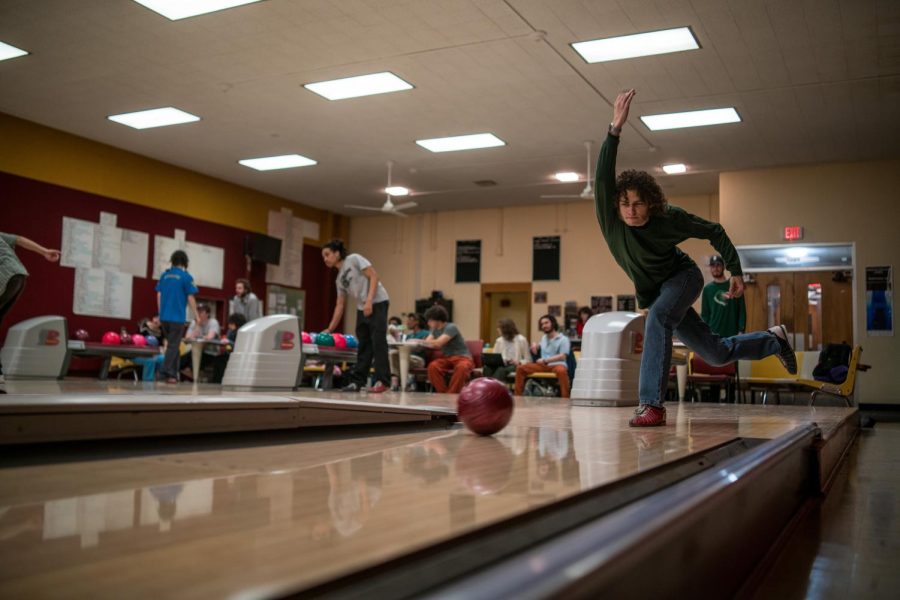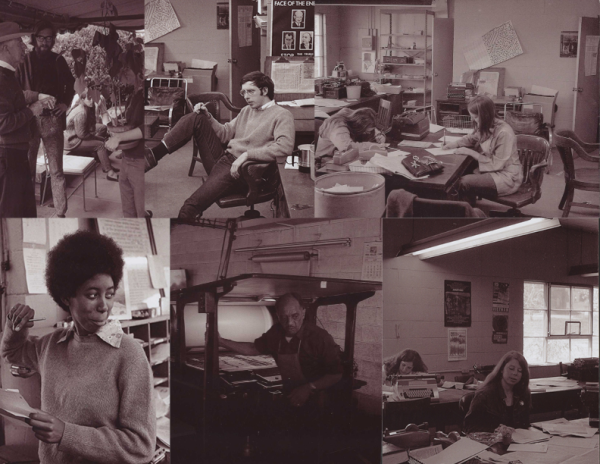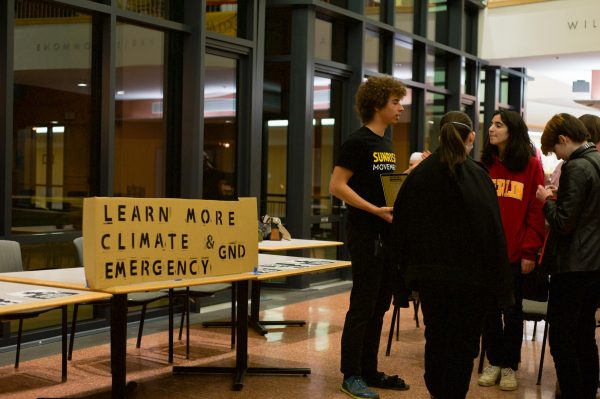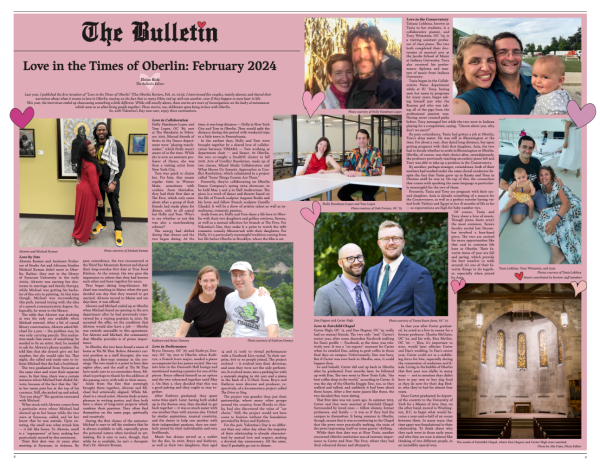Bowlers Delight in College Lanes Bowling League
Walking into Oberlin College Lanes is like being sucked back into the previous century — one is greeted by walls and floors decorated in that customary retro pattern and bowlers donning disintegrating pre-loved jeans. The Lanes have been a campus institution since the 1970s, nestled next to Cat in the Cream in Hales Annex.
Depending on which day players are assigned to, bowlers show up at 6:45 p.m. on Sundays or Wednesdays to warm up for the Oberlin College League. Each team plays three games weekly, structured like any tournament bracket. This semester marks both a return to a pre-pandemic League and a recent change in management. Last semester the Lanes were in a transitional period, meaning the League operated on a shorter schedule where teams only played one game instead of the normal three each night due largely in part to a miscommunication in enrollment where 15 teams were participating rather than six.
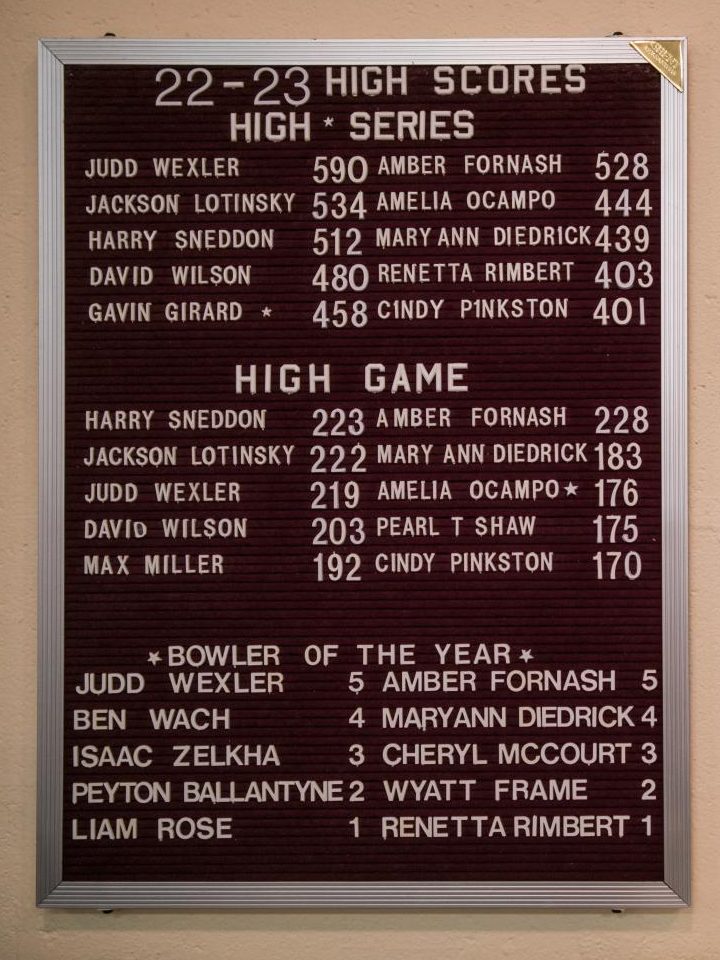
The usual structure of the tournament incentivizes personal improvement in calculated weekly averages above all else, which means that even if you bowl fewer pins than the other team, you can win. Because of the over-enrollment, these rules could not be implemented. For College second-year and lane attendant Amelia Ocampo, this structure is perhaps the most unique and important aspect of the League, and she’s thrilled to have it back.
“It’s fun twofold, in a way that you can only really rely on yourself,” Ocampo said. “I started bowling in the League my first semester because [my friends and I] thought that you had to be in the League or on the team to get free bowling, so we thought we might as well join. It turned into us being there every single day and we got to know the people on staff … I got super into it, and we all came in here every day trying to improve ourselves, and it became a camaraderie, a team. I’ve been bowling with the same people for [nearly] two years now.”
Ocampo, as well as College second-years Pearl Tolliver-Shaw and Max Miller, who also began bowling as first-years, now all find themselves working at the Lanes largely in part due to the community fostered there. No individual bowler fits a generic description. They’ve all felt a sense of community in the League, with its wide variety of students from different campus communities, as well as a handful of College staff, from coaches to admissions faculty.
“I think community is the biggest thing I love, like when ‘Green Light’ by John Legend is playing and everybody knows all of the words because we’ve played it a million times,” Miller said. “[But] I think some people struggle with [getting] in their head, including me, thinking, ‘Wow, I actually suck at this game,’ but it’s very fun when you’re able to dance and throw bowling balls at little white pins.”
The friendly competition is another aspect of the League Miller loves, particularly as someone who participated heavily in competitive sports as a kid.
To put it simply, the Lanes also offer something to do. Both Miller and Tolliver-Shaw expressed having a certain “we might as well go bowling” mindset while on campus.
“I think that it’s so unfortunate that bowling is so expensive now, so when I’m home and I want to bowl with my friends, it’s quite inaccessible,” Tolliver-Shaw said. “[Bowling] appeals to people even if they’re not particularly excited about the bowling aspect of it, which I find shocking, but [the Lanes] is really such a good place to spend your time.”
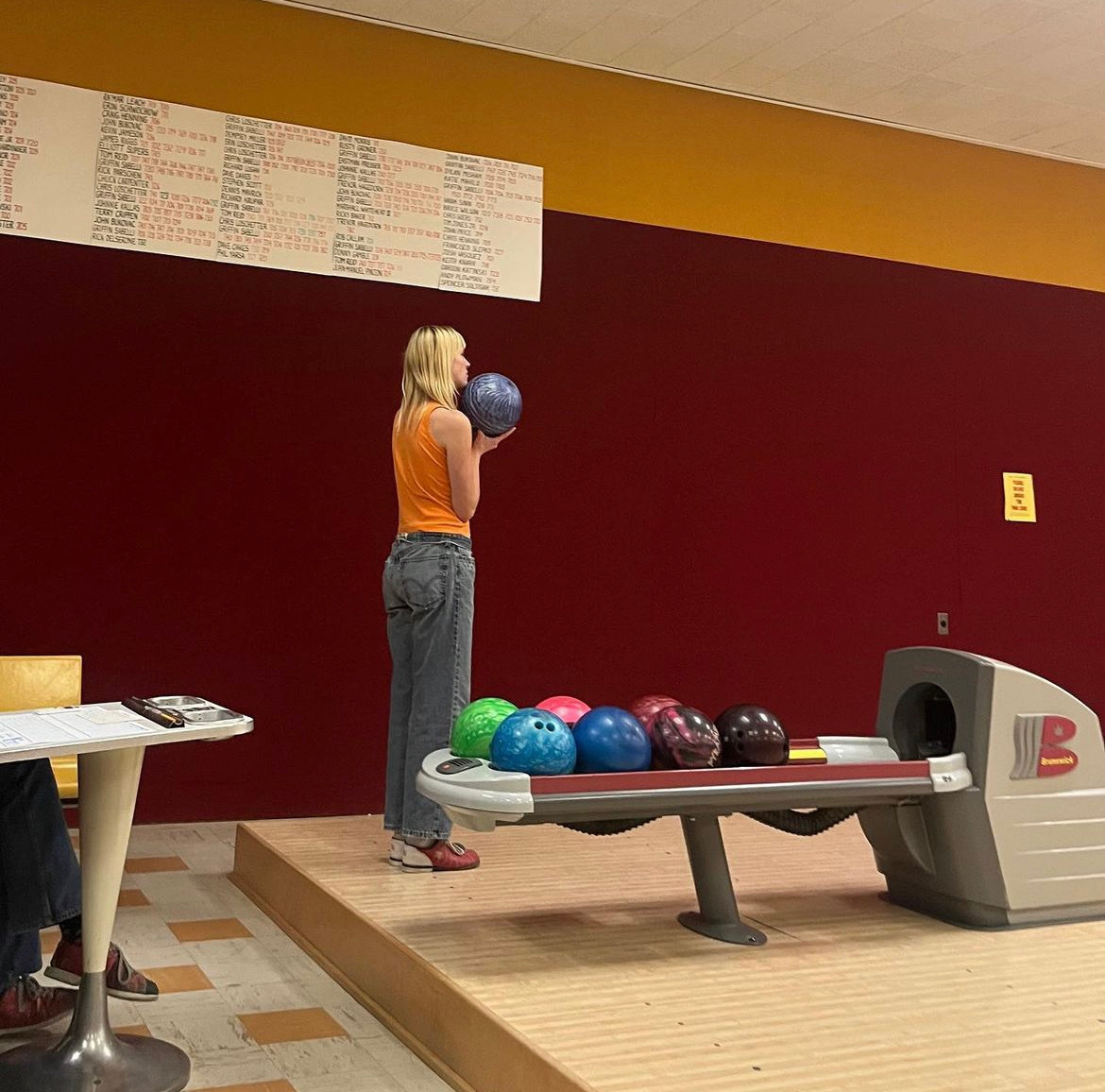
Especially in Ohio winters, even coming to the Lanes alone can be beneficial — often the staff is bowling while on their shifts, meaning no bowler is ever alone. Staff is always keen on fresh faces, especially after so many avid bowlers who were on the pre-pandemic intercollegiate team graduated last year. The team is building itself back up with Miller acting as captain.
“[This semester], we’re just trying to focus on keeping the League the same and trying to get our own stuff in order before we go out and try to beat Ohio State,” Miller said. “There’s a story that the team before [COVID-19] would tell us, where they went to a tournament and they were battling for second-to-last place with a team that only had three people instead of four people, and [Oberlin] ended up losing to them. We’re not very good, but it’s just about not taking it too seriously and having fun.”
Outside of the College League, community is nurtured in the women’s league, the Kaydettes, some of whom have been bowling at the Lanes for 40 years. This semester, Ocampo has taken to managing the College League as well as the Kaydettes.
“It’s really amazing to see how much joy they can still get out of it,” Ocampo said. “Even if they’re not as fit as they used to be and the ball is heavy, they’ve found such a community of people that they see here every week. I feel like I’ve been brought into the fold now; I’ve been their lane attendant since last spring and it’s so great to get to know them and their personalities — they gave me a Christmas card that was so lovely.”
Bowling is a sport without exclusivity, a great equalizer, due to a combination of the minimal skill involved, the lack of strict rules, and the fact that the Lanes offer all of the resources necessary for free — a change that came out of the pandemic.
“If I’m ever like, ‘I don’t know what to do’ or ‘I don’t really feel like doing anything else,’ I know something that I’ll enjoy doing,” Tolliver-Shaw said. “[Bowling] is life-changing, to be completely honest.”


